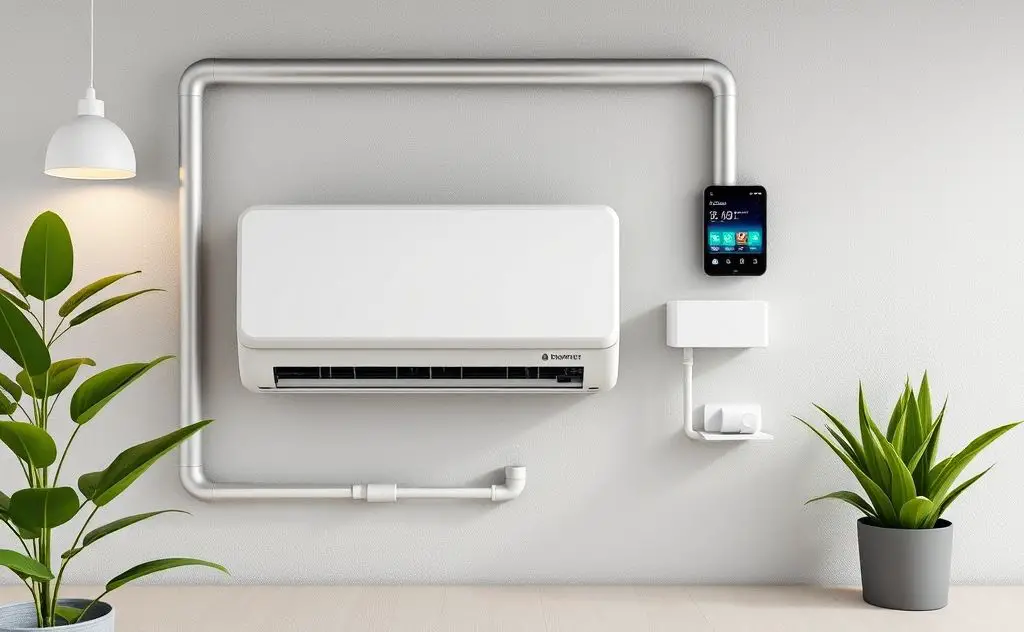Enhancing HVAC energy efficiency through automation involves using smart controls and sensors to optimize system performance and reduce energy consumption.
Modern HVAC systems consume 40-60% of a building’s energy. Automation transforms these systems into intelligent networks that optimize performance while slashing energy waste. From smart thermostats to predictive algorithms, automated HVAC delivers comfort without compromise.

How Automation Revolutionizes HVAC Efficiency
Traditional HVAC systems operate on fixed schedules and manual adjustments. Automation introduces real-time responsiveness through:
- AI-driven temperature learning
- Occupancy-based zone control
- Weather-adaptive performance
- Equipment health monitoring
Smart Thermostats: The Brain of Automated HVAC
Devices like advanced thermostat systems learn user patterns and adjust temperatures accordingly. They can:
| Feature | Energy Savings |
|---|---|
| Geofencing | 8-12% |
| Weather Adaptation | 5-15% |
| Occupancy Detection | 10-20% |

Advanced Automation Technologies
Predictive Maintenance Systems
By monitoring equipment like heat exchangers, these systems:
- Detect performance degradation early
- Schedule maintenance during off-peak hours
- Prevent 15-30% efficiency losses from dirty filters
Dynamic Airflow Optimization
Smart dampers and VAV systems adjust airflow based on real-time occupancy data from sensors. This eliminates the energy waste of conditioning empty spaces.
Integration With Building Systems
Modern automation platforms connect HVAC with:
- Lighting controls
- Window shading systems
- Renewable energy sources
- Demand response programs
According to U.S. Department of Energy studies, integrated building automation achieves 18-42% greater savings than standalone HVAC controls.
Commercial vs Residential Applications
Commercial Buildings
Large facilities benefit from:
- Centralized cloud-based management
- Multi-zone coordination
- Load-shifting strategies
Homes
Residential systems focus on:
- Simple app-based controls
- Voice command integration
- Automated maintenance alerts
The ASHRAE reports proper automation can cut home HVAC costs by 20-35% annually.
Implementation Roadmap
- Conduct energy audit
- Select compatible automation components
- Install smart sensors and controls
- Configure automation rules
- Train users and maintenance staff
For optimal results, pair automation with proper insulation and high-efficiency equipment like modern heating elements.

